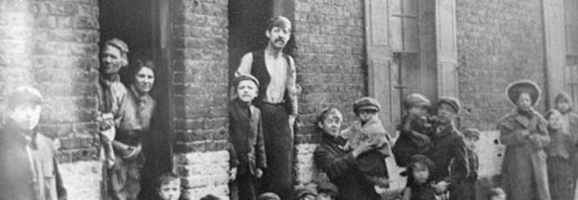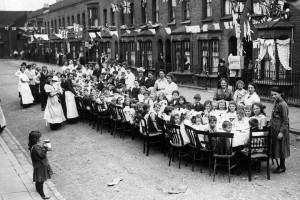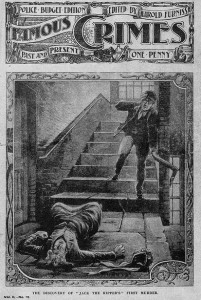
The East End of London. What is known about it? How did it come to be regarded as the dark heart of London, riddled with crime, poverty and deprivation?
I was born in the heart of the East End, in the London Hospital, Whitechapel Road – in the decade following the end of the Second World War, and come from a long line of Eastenders. My family grew up in the shadow of the London Docks which formed the southern side of the area alongside the River Thames.
The East End (as I have always known it) is nowadays generally accepted as being defined by that area of London, lying to the east of the Roman and medieval walled City of London and to the north of the River Thames.

The East End has never been formally defined by boundaries, although to many people, the River Lea is often considered to be one. The East End has resolutely refused to be ‘pigeon-holed’ into parishes, but it is widely agreed that the ‘East End’ of London is to be clearly distinguished from East London, which covers a much wider area. The nearest modern day boundaries are probably best defined by the area covered by the London Borough of Tower Hamlets…
For as long as it has existed, the East End has been regarded as the ‘tough’ end of London – a place of extreme overcrowding and a high concentration of both the very poor and of immigrants, who flooded into that region of London following the construction of the St Katharine Docks in 1827.
This, coupled with the development of the central London railway termini between 1840 and 1875 caused the extensive clearance of former slums and rookeries, and many of those displaced people ended up moving into the East End.
The influx of refugee immigrants was nothing new, and had begun with the Huguenots, French Protestants fleeing their homeland to avoid religious persecution throughout the 17th and 18th centuries. The Huguenot weavers, in particular, settled and created an enclave in Spitalfields at that time, many working in the attics and garrets of houses in the area, to make the most of the natural light, thereby extending their working day at a time when candlelight was the norm. They were followed by weavers from Ireland, Ashkenazi Jews and, in the latter part of the 20th century, Bangladeshis.
The weaving trade led many of these immigrants to work in the clothing industry, but the large supply of both semi-skilled and unskilled labour led to the dual perils of low wages and poor working conditions throughout the East End. Their plight alerted social reformers during the mid-18th century which eventually led to the formation of unions and workers associations at the end of that century.
However, by then, and over the course of just one hundred years, the term ‘the East End’ had become synonymous with poverty, overcrowding, disease and crime – from the infamous and still unsolved brutal murders of Jack the Ripper to the more modern but equally heinous crimes of the Kray Twins, criminal gang chiefs who ruled the East End streets, a London of Political Riots against the march of the fascist Blackshirts and sieges to flush out Russian Revolutionaries… So dear reader – why not follow me in a journey into the dark heart of London…….

